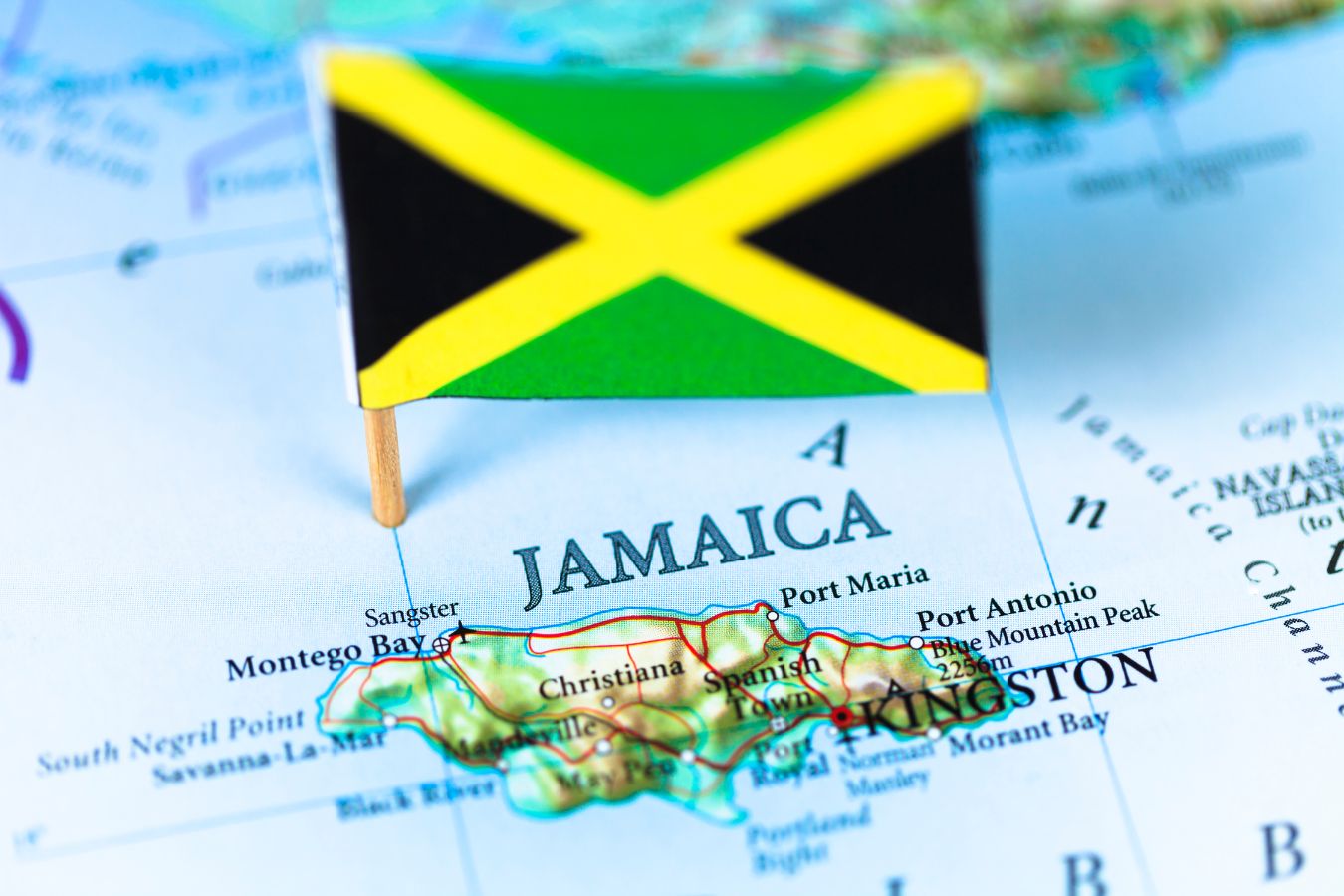
global falls, suites, Grenada, Antigua, family, vacation, vaccination, coast, Montego bay, covid
Coffee’s major boom began in the second half of the 18th century when it extended from St Andrew to the Blue Mountains. There were 686 coffee plantations in operation in 1800, and by 1814, Jamaica’s yearly production had increased to roughly 15,000 tonnes (16,500 tons) (although some estimates are considerably higher).
Following this period of expansion, the sector began to collapse gradually. The main reason was most likely a labor shortage, but other factors undoubtedly played a role. Slavery on the island was not abolished until 1838, despite the fact that the slave trade had been prohibited in 1807. Coffee struggled to compete with other sectors, despite occasional efforts to employ freed slaves as private labor. When this was combined with inadequate soil management and the loss of the preferential trading terms that Britain had previously granted to its colonies, coffee’s value plummeted. Only about 180 plantations remained by 1850, and production had decreased to 1,500 tonnes (1,650 tons).
At the end of the 19th century, Jamaica was producing around 4,500 tonnes (5,000 tons) of coffee but serious issues with quality were starting to appear. In 1891, legislation had been passed to try to spread knowledge about coffee production in an effort to increase quality, and infrastructure was put in place for the centralized processing and grading of coffee. This program had limited success, although a Central Coffee Clearing House was constructed in 1944 for all coffee to pass through before export, and in 1950 the Jamaican Coffee Board was formed.
From this point onwards coffees from the Blue Mountain region made slow and steady gains in reputation until they came to be considered among the finest coffees in the world. At that time, however, few well-processed coffees were available and today Jamaica’s coffees cannot really compete against the very best coffees from Central and South America or East Africa. Jamaican coffees tend to be clean, sweet, and very mild. They lack the complexity of distinct characteristics that one may expect from specialty-grade coffees. However, they were consistently producing, and cleverly marketing, clean and sweet coffees long before other producers were, and this gave their coffees a distinct advantage for some time.
jamaica, jamaica, jamaica, jamaica, jamaica, jamaica, Jamaicans

TASTE PROFILE (resorts, resort)
Clean, sweet coffees though rarely complex or juicy and fruity.
Jamaica: GROWING REGIONS
Population: 2,950,000
Number of 60kg (132lb) bags in 2013: 27,000
There is really only one growing region of note in Jamaica, and it is probably one of the most famous growing regions in the world.
BLUE MOUNTAIN (Negril)
This particular region of Jamaica is obviously denied and carefully protected, having been the subject of one of the most effective marketing campaigns in coffee history. ‘Jamaica Blue Mountain’ refers to coffee farmed between 900 and 1,500 meters (3,000 and 4,900 feet) in the parishes of Saint Andrew, Saint Thomas, Portland, and Saint Mary. Coffee grown between 450 and 900 meters (1,500 and 3,000 feet) is known as ‘Jamaica High Mountain,’ whereas coffee grown below that is known as ‘Jamaica Supreme’ or ‘Jamaica Low Mountain.’
Because most Blue Mountain coffees are sold under the name of the mill where they are produced, their traceability can be a little tricky. These mills may occasionally keep a huge estate’s coffee separate, but they mainly purchase from the region’s many smallholders.
The majority of Jamaica’s Blue Mountain produce was shipped to Japan for a long time. Instead of jute sacks, it was shipped in small wooden barrels. It’s also worth noting that, because of its capacity to command high prices, there’s generally a lot of coffee on the market that’s been mislabeled as Blue Mountain.
Altitude: 900–1,500m (3,000–4,900ft)
Harvest: June–July
Varieties: Jamaica Blue Mountain (a Typica derivative), Typica
Keywords: western hemisphere affairs, state deputy secretary, hemisphere affairs bureau, thunderstorms wed jun, thunderstorms Fri jun, thunderstorms Thu jun, thunderstorms mon jun, gateway airline schedule, Ocho Rios Jamaica, Ocho Rios, Jamaica, Ocho Rios
Related Posts:
united, Canada, day, Barbados, safety, music, information, islands, sandals, daily, see, resorts, resort, beaches